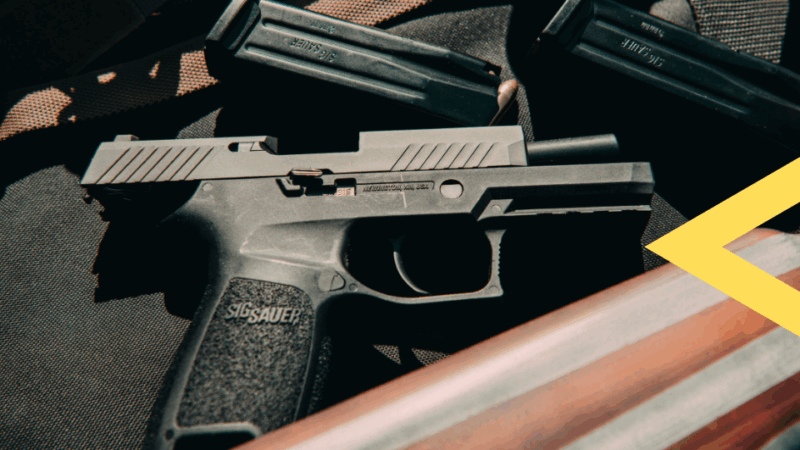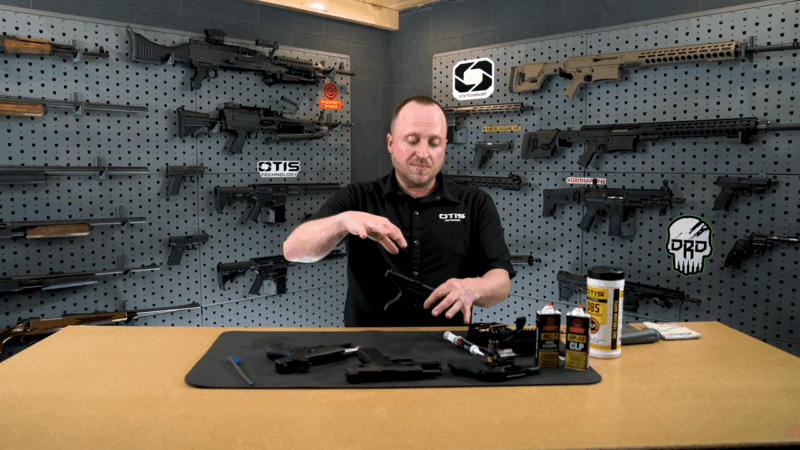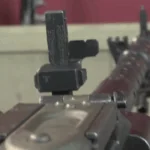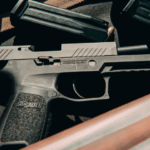Handling a firearm comes with permanent responsibility. Safety habits do not stop once you leave the range or unload a weapon. Every action taken with a firearm, at home or outside, demands consistent awareness and discipline. Daily routines built around strict safety protocols help prevent accidents and foster accountability.
Many responsible gun owners take extra steps to keep their skills and awareness sharp.
Beyond regular practice, some attend refresher courses or local workshops. Clearwater concealed carry classes, for example, offer both technical instruction and real-world scenarios that help reinforce essential rules.
Reinforcement through community-based learning helps develop instinctive safety habits that last. Proper education adds another layer of control and caution.
This article outlines the most important firearm safety protocols to follow every single day.
Treat Every Firearm as Loaded at All Times
Never assume a firearm is empty. That thought creates the most dangerous conditions in any environment. Every time your hand touches a weapon, treat it as if it could fire. Do not rely on your memory, a friend’s word, or even the safety switch. One simple rule will always protect you: act like it is loaded.
Accidental discharges do not come from malfunctions. They come from mental lapses and lazy habits. Even highly trained individuals have made irreversible mistakes because they broke this one rule. That’s why professionals follow it religiously, even when cleaning a firearm or handing it over to someone else.
Also read Gun Range Safety – Are Accidents More Frequent Than You Think?
Here’s what to do
- Always check the chamber yourself
- Never take someone’s word for the condition
- Handle with full caution, every time
One simple rule, no exceptions
A daily mindset of caution creates a habit. That habit will save lives. You will never need to make excuses or wish you could take something back. Every action becomes intentional, and your control becomes automatic.
Control the Muzzle and Watch Where It Points
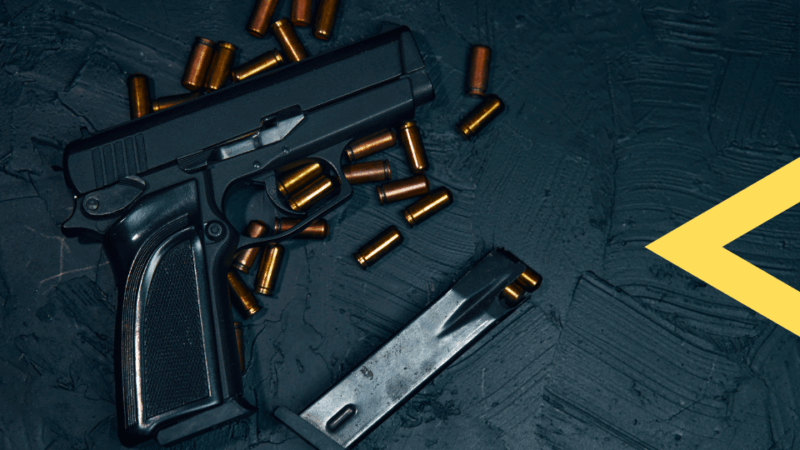
That single decision—where the barrel points—protects everyone near you.
You decide what counts as “safe”
A safe direction means no living being, no valuable property, and no chance of penetration beyond walls.
That changes by location. Outdoors, it might be down into the ground. Indoors, it could be angled toward a corner away from others. You must evaluate that constantly.
Quick checklist for muzzle safety:
- Never point at anyone, even in a joke
- Keep it downrange at the range
- Watch the angle when holstering or unholstering
Don’t let comfort destroy awareness
The more familiar you get with firearms, the more dangerous your habits can become. Comfort often breeds carelessness. Set your discipline stronger than your confidence. Keep the muzzle controlled, no matter how routine the action may seem.
Keep Your Finger Off the Trigger Until Ready
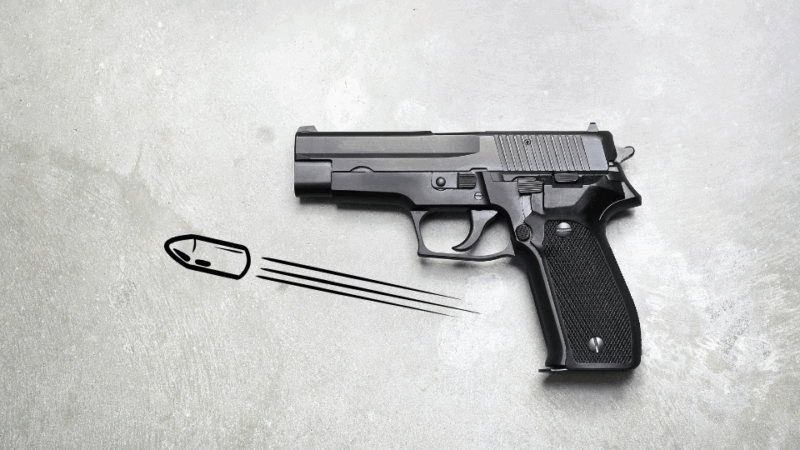
That move is keeping your finger outside the trigger guard until the moment you intend to fire. Not a second earlier. Not when you pick up the firearm. Not even when you aim. Only once the decision to shoot has been made does the finger go on the trigger.
Let your index finger rest flat along the frame or slide. Make that your natural grip. That habit separates responsible owners from careless handlers. You train your body to avoid unconscious pressure on the trigger, even during stress or fast movement.
Practical daily habit
- Grip with index finger extended along the frame
- Practice dry handling drills with no ammo nearby
- Check your position every time you pick up or pass a firearm
Never trust “muscle memory” alone
Unintentional trigger pulls often come from habit or surprise. You may trip, flinch, or react suddenly. Keeping your finger away removes that danger. Repeat the motion until it becomes part of your body language. Smart handlers train their fingers with the same focus they use for their eyes.
Know Your Target and What Stands Beyond It
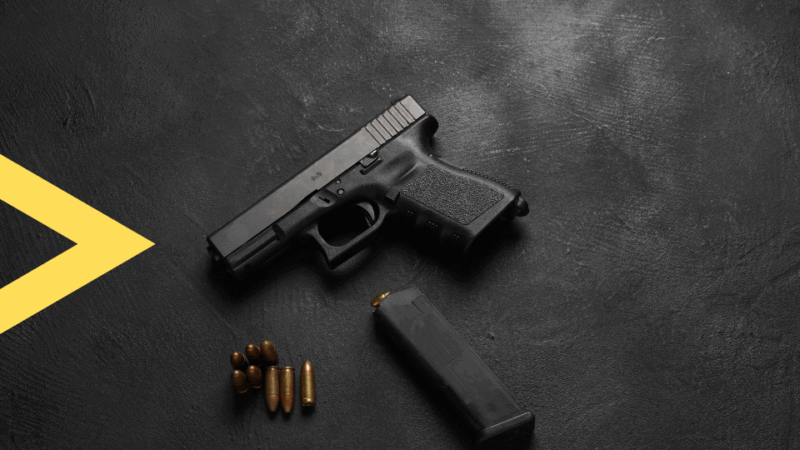
That is why every shot demands full awareness of the entire scene. You are responsible not only for the target but also for everything behind and around it.
Walls, people, furniture, parked cars—any of these can sit behind a paper target or outdoor mark. That makes it critical to assess your environment before any shot, even dry fire in a home drill. Every bullet carries legal and moral weight.
- Scan behind the target before aiming
- Check for hard surfaces that might cause ricochets
- Know the terrain during outdoor practice
A missed shot carries full consequences
If you hit the wrong thing, intent will not matter. You carry full legal and ethical responsibility. That is why range officers and instructors repeat this rule constantly. Treat every shot as a statement of control and foresight.
Secure Firearms Properly When Not in Use
Once you finish handling, training, or transport, your responsibility shifts to storage. A secure firearm becomes a non-threat. An unsecured one invites tragedy. Daily safety includes what you do with your weapon after you stop using it.
Lock it up, every time
Leaving a firearm on a shelf, table, or drawer—even for a moment—creates danger. Use a locked safe, case, or secured cabinet. Add a cable lock or trigger device when possible. Storage rules should apply no matter who else lives in the home.
- Lock it before you leave the room
- Separate ammo and firearm in different locked locations
- Keep keys or codes hidden and secure
Maintain Every Firearm Through Routine Care
A clean firearm performs consistently. A dirty one can misfire, jam, or fail when needed most. Routine care preserves reliability and extends the life of your weapon. Maintenance is not something to delay. It belongs in your regular schedule.
Cleaning prevents failure
Residue builds up after every use. Moisture, dust, and fouling create risks even when a firearm stays untouched in storage. Cleaning does more than keep it shiny. It removes blockages, prevents rust, and lets you inspect for wear or damage before it becomes a real threat.
Daily or weekly maintenance tips
- Wipe down exterior metal with a dry cloth
- Check for dirt or debris in the barrel and chamber
- Apply proper lubrication based on manufacturer’s guide
Know your tool inside and out
Field-stripping your firearm should feel as familiar as tying your shoes. That level of comfort keeps your weapon dependable. You should not wait for problems to appear. You should find and prevent them before they start. That mindset reflects maturity in gun ownership.
Educate Everyone in Your Home
You are not the only one affected by your firearm.
Everyone in your household becomes part of your safety system. Silence creates mystery. Mystery invites curiosity. Education removes both. When you teach clear boundaries, you prevent accidents before they ever begin.
Respect begins with information
Children, teens, and even adults unfamiliar with firearms benefit from clear rules. They do not need to full tactical knowledge. They require basic understanding and repeated reminders. Likewise, they should know what to touch, what not to touch, and what to do in case they discover a firearm unattended.
Set clear household rules
- No one handles a firearm without your supervision
- All guests must stay away from storage areas
- Explain what a real firearm can do and why rules exist
The Bottom Line
Firearm safety begins long before the first shot and continues long after the last. Every step matters. Every habit counts.
You are never off duty when you own a weapon. Safety must live in your daily routine, your thoughts, your hands, and your home. Discipline builds confidence. Awareness creates control. Mistakes do not give second chances.
By treating every firearm as loaded, controlling the muzzle, guarding the trigger, checking the background, securing storage, maintaining function, educating your household, and committing to regular training, you create a culture that values life and respects power.
That culture stays with you whether you are alone, at the range, or among others.

